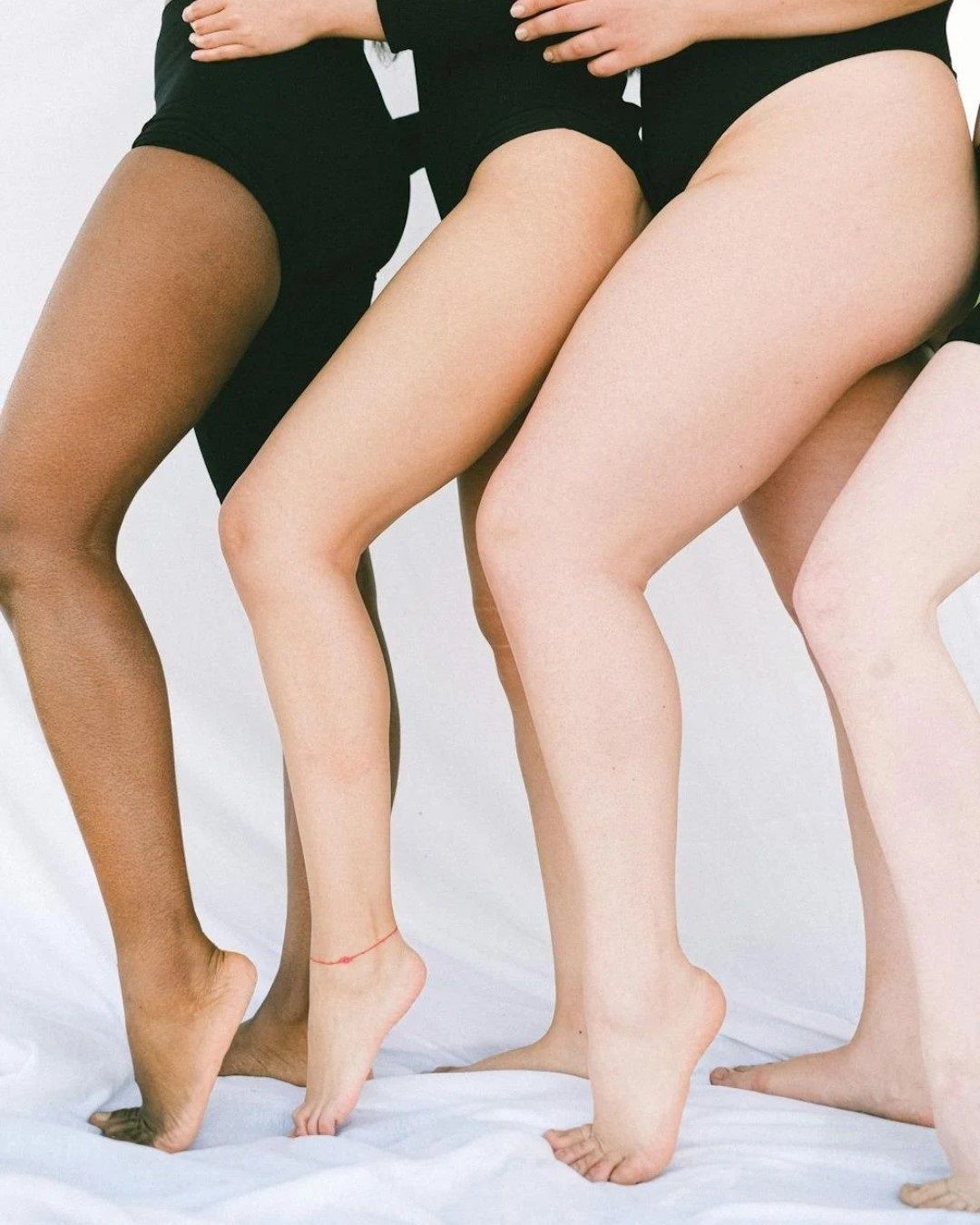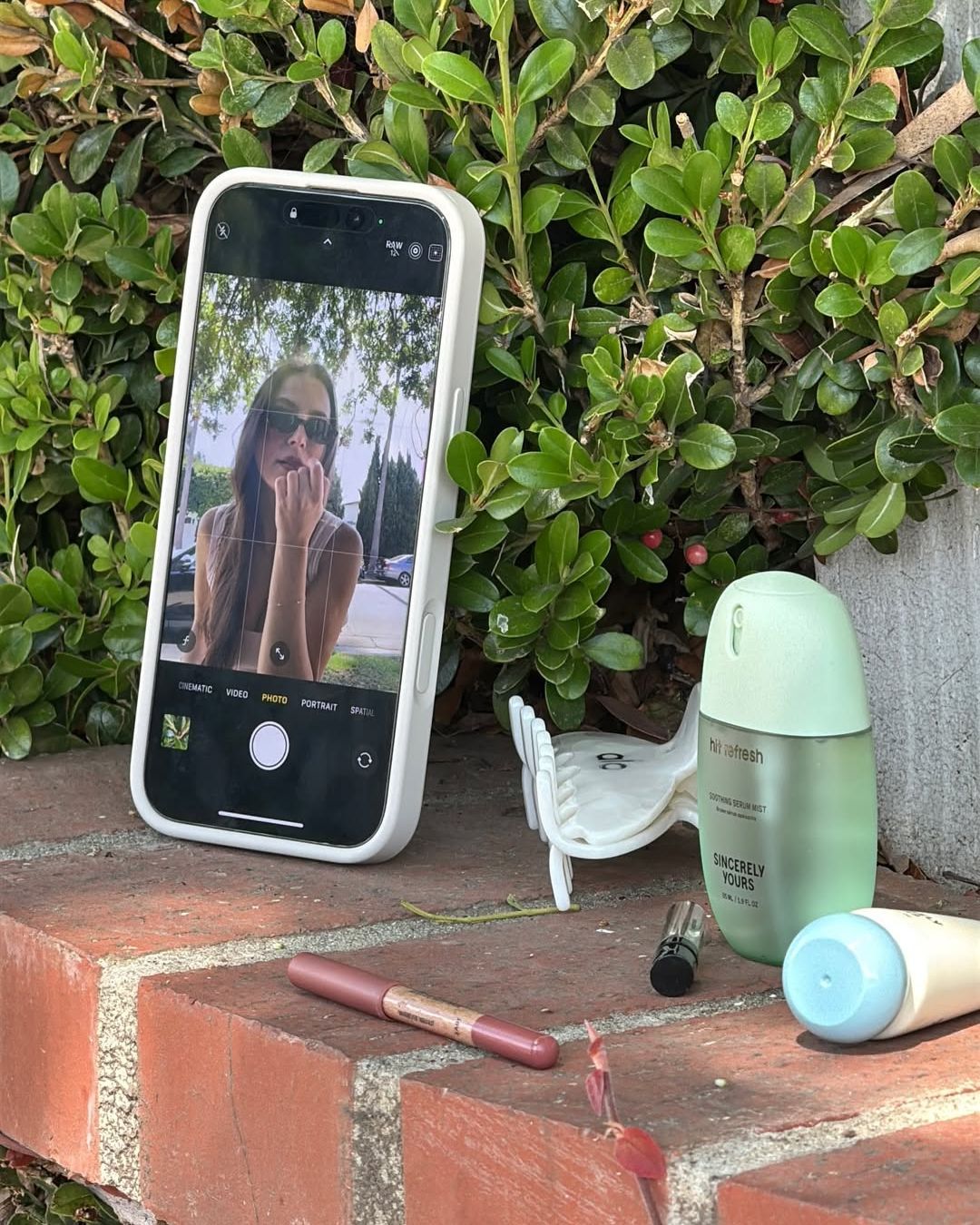
How to prevent thigh chafing To experience a summer without redness and discomfort
Sunshine, relaxation, free time, ice cream, crossword puzzles, and swims in the blue sea. Summer has many perks, but also a few drawbacks. One of the most common, often ignored out of modesty, is thigh chafing, or rubbing thighs. As you might guess, this term refers to the irritation caused by skin-to-skin friction, or friction between skin and rough or wet fabric. This repeated friction often causes no serious problems, but its effects can worsen due to heat, humidity, and sweating, leading to redness, pain, itching, blister-like sores, and sometimes bleeding.
@confusedindiangirl This is how I deal with thigh chafing gals #thighchafe #thighchaffing #runnerproblems #runninggirl #runningproducts #runningproblems original sound - Savannah Sachdev
Thigh chafing doesn't depend on your size or weight
More than the physical pain, those who suffer from chafing irritation often downplay the issue due to the fear of being ridiculed or, worse, blamed for their condition. The reason? The mistaken belief that thigh chafing only affects overweight people, when in fact it doesn't depend on weight or size. Just think that one of the most affected categories is athletes, especially runners. Despite what society's beauty standards might lead us to believe, having a thigh gap largely depends on the genetic spacing of the hip bones. Some very thin people might have thighs that touch at all times, while some slightly overweight people might not have to worry about it at all.
How to prevent inner thigh chafing
Luckily, tired of being limited in daily activities like walking and jogging, more and more people are talking about thigh chafing and taking action to find a remedy. Searches for anti-chafing products have increased by 392% compared to last year according to spring trends for 2024. From fitted shorts to wear under clothes to XL patches to protect the inner thighs, there are options suitable for any temperature and outfit. Just try them and discover which one suits your needs best, the one that makes you feel most protected and comfortable.
- Shorts and shape wear: A solution can be preventing skin-to-skin contact between the thighs by wearing breathable biker shorts or anti-chafing shorts, preferably seamless. They are generally made from moisture-wicking, often bamboo or spandex, compressive materials. Classic shape wear garments from Spanx and Skims are also perfect for this purpose.
- Elastic bands: They are specifically designed to protect and cover the areas where the thighs touch the most and usually have silicone elastic edges or a non-slip coating to prevent them from sliding down the leg during movement. They come in plain cotton, lace, and even silver ion bacteriostatic yarn, which hinders bacterial growth and prevents bad odors. Alternatively, if the skin is not already irritated or injured, body tape may also work.
- Anti-chafing sticks, gels, and sprays: These products are easy to apply and carry in your bag. Applied to the inside of both thighs, they form a kind of protective film that reduces friction and prevents irritation. Their formulas often contain ingredients that help soothe and hydrate the skin, such as aloe and vitamin E.
- Baby powder and creams: Talcum powder and other body powders can help control moisture while soothing irritated skin. Also great are creams containing zinc oxide and silica, which are usually used against diaper rash. They protect the skin, soothe irritation, and promote healing. A useful product for this purpose (and more) is Pasta Fissan.
- A healthy skin barrier: Many experts believe the first step in avoiding chafing damage is to ensure that the skin barrier is in top condition by moisturizing the skin regularly and applying a product containing ceramides.
@callherkarenbby Wear those skirts & shorts comfortably, babe! #thickthighproblems #thighchafe #thighchaffing #plussizehack #plussizehacks #plussizefitness #plussizefashion #plussizetiktok #plussizetips #megababe #megababethighrescue Heartbroken 2022 - T2 & ARPA
How to treat irritated thighs
If preventive methods haven’t worked, the irritation is prolonged or severe, and over-the-counter products provide no relief, it's time to consult a doctor or certified dermatologist for help. Probably, if the damage is done, the advice will be to let the skin rest by avoiding activities that might cause irritation. Additionally, it’s essential to gently clean the irritated area with cool or lukewarm water, dry the skin with a clean towel, and apply your preferred repair cream before finishing the treatment with a moisturizing cream or ointment that will help the skin heal and recover.
























































